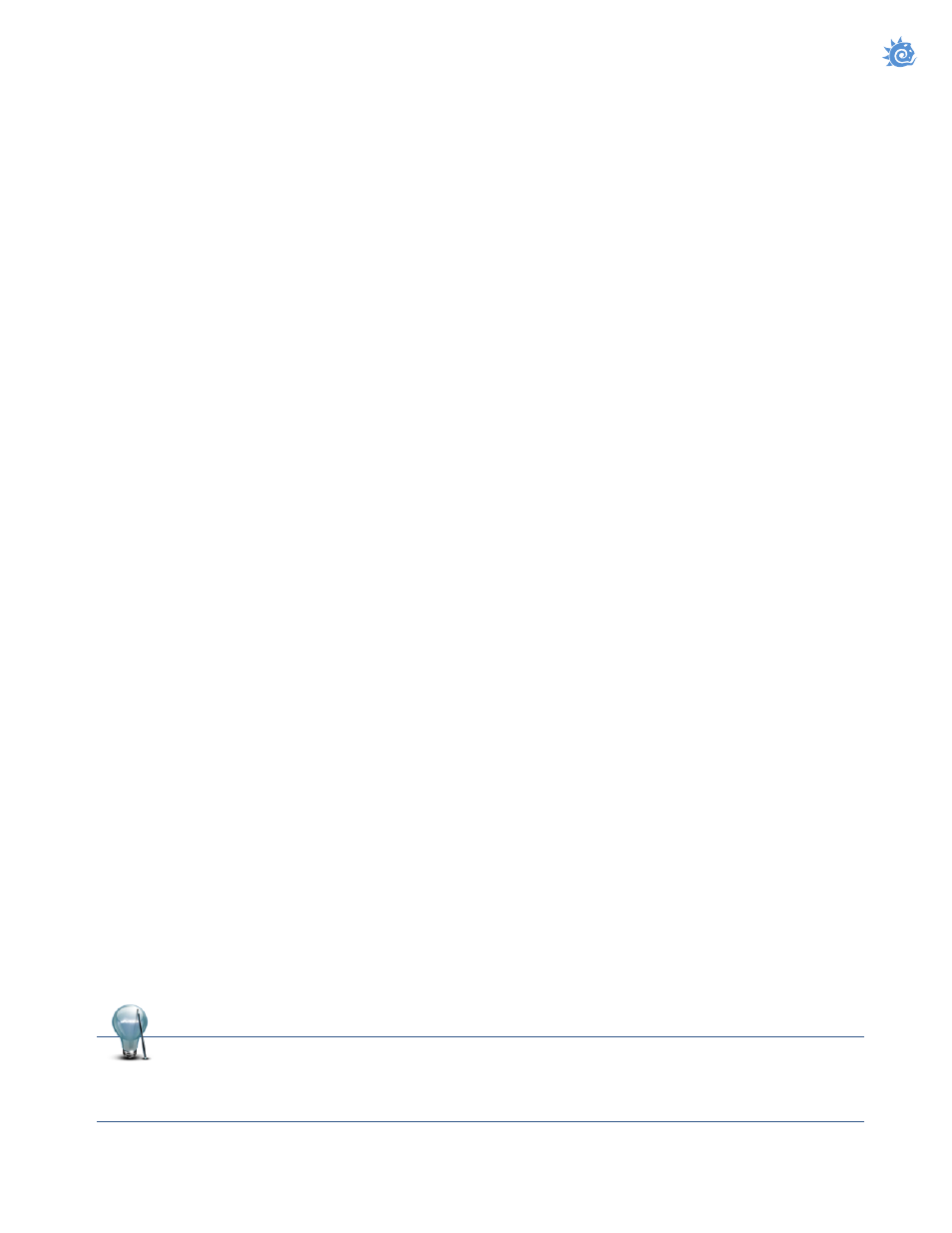Chronosculpt getting started tips, Chronosculpt navigation, Introduction – LightWave ChronoSculpt 1.0 Software (Educational Edition, Download) User Manual
Page 6

Page 3
© Copyright 2013 LightWave 3D Group, a division of NewTek, Inc. All rights reserved.
ChronoSculpt™ v1.0
Introduction
ChronoSculpt Getting Started Tips
•
Use
Ctrl+Tab
to cycle through your selected objects . ChronoSculpt supports multi-layered
LWO objects and you can load multiple stand-alone OBJ or LWO objects as well . You can also
click on the
Switch Object
button on the side menu as another option or use the
Select Object
tool (Keyboard shortcut:
Shift+s
) .
•
ChronoSculpt loads geometry cache data as a clip on the timeline . You can add as many as
you want, drag them around, scale them, fade them out, etc .
•
Select a clip in the timeline by clicking on the colored dot for that clip . The clip will expand
and allow you to change the start and end frame .
•
Drag a start or end frame by hovering your mouse over the first or last frame of the clip in
the timeline . To move the entire clip in the timeline click and drag on the center colored dot .
•
The three numeric fields to the left of the timeline are the start and end frame for the
timeline and the bottom field (defaulting to 30) is the frame rate which is used only for
playback speed .
•
You can click anywhere in the timeline to set the current frame or use the left and right
arrow keys on your keyboard to step through the timeline . Clicking with the mouse on the
timeline will snap to integer values .
Shift+Click
will allow you to go to fractional frames .
Transport controls can be hidden or revealed using the
Show Transport
toggle at the bottom
of the tools list
•
When you save a project it saves everything in the ChronoSculpt session . If you have 10
objects all animated and with their own sculpted clip modifiers on top of the cache files they
will all get saved .
•
You don’t have to start with a cache file loaded in, you can just load an object and use the
tools in ChronoSculpt to deform and manipulate it . Then you can save that file out to a
cache file and in effect create a cache of your sculpts from scratch .
•
The
Pin
tool allows you to pin an object or object part position for a length of time so that it
does not move . This can be useful for correcting jitter on dynamics simulations for example .
Just activate the
Pin
tool, go to a specific frame and click on the part that you want to pin .
That will create a pin clip in the timeline whose
Ease Out
and length can be adjusted or
moved in the timeline .
ChronoSculpt Navigation
Navigation uses
a
to Fit All,
Alt +LMB
for orbiting the view,
Alt+Shift+LMB
for panning the viewport
and
Alt+Ctrl+LMB
for zooming .
Space
is used to drop the tool you are using and
Esc
is used to drop
the clip you are working on .
Advanced users of 3D software other than LightWave may want to change the config for the
mouse navigation. The manual will continue to refer to the LightWave way of doing things, but if you
wish you can edit the ChronoSculpt1.0\bin\cs\startup\CsShortcuts.lua file in a text editor.